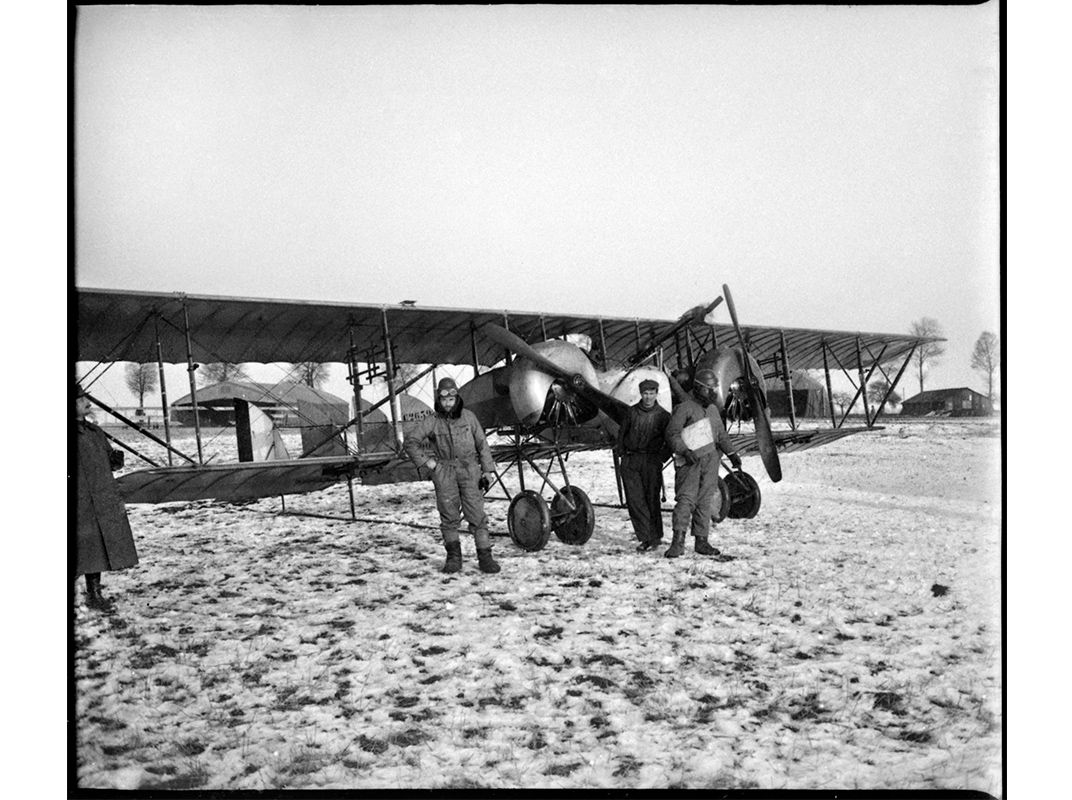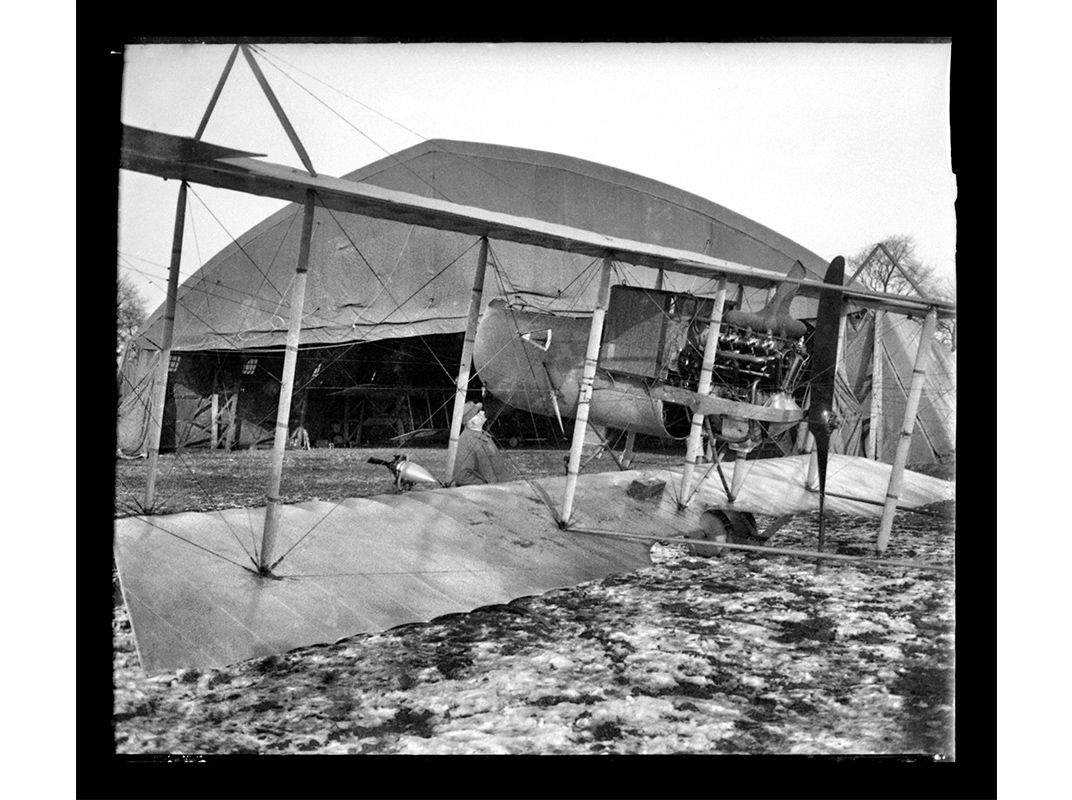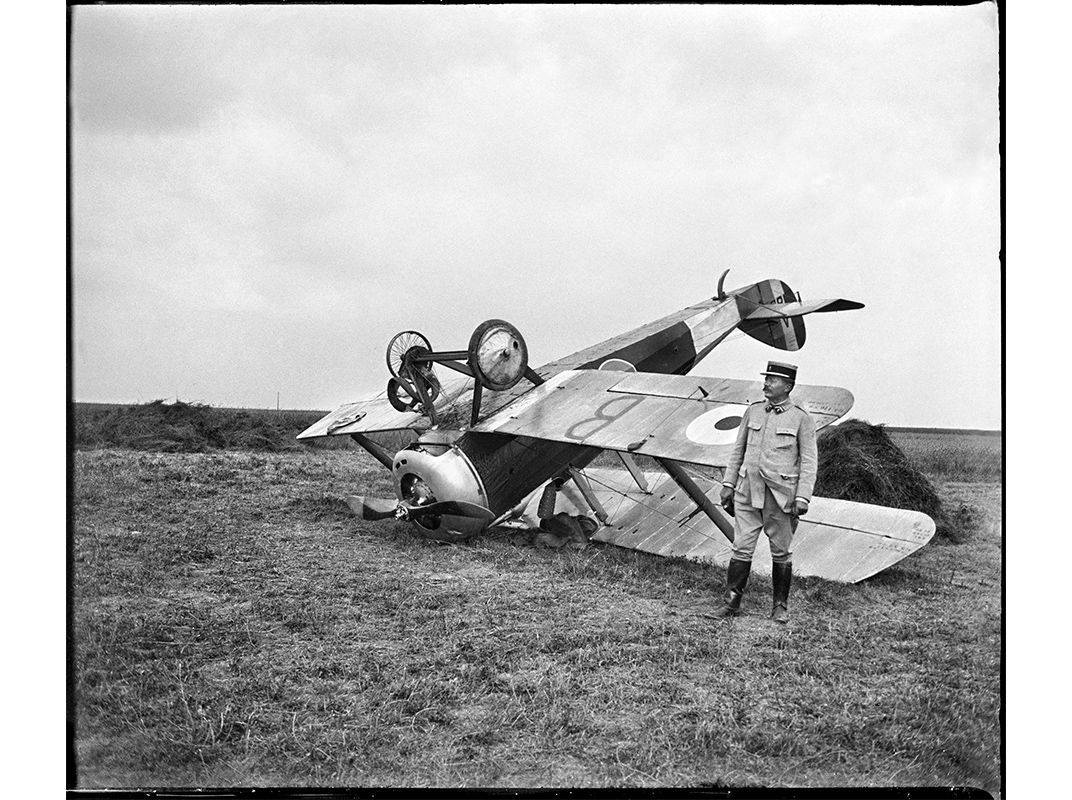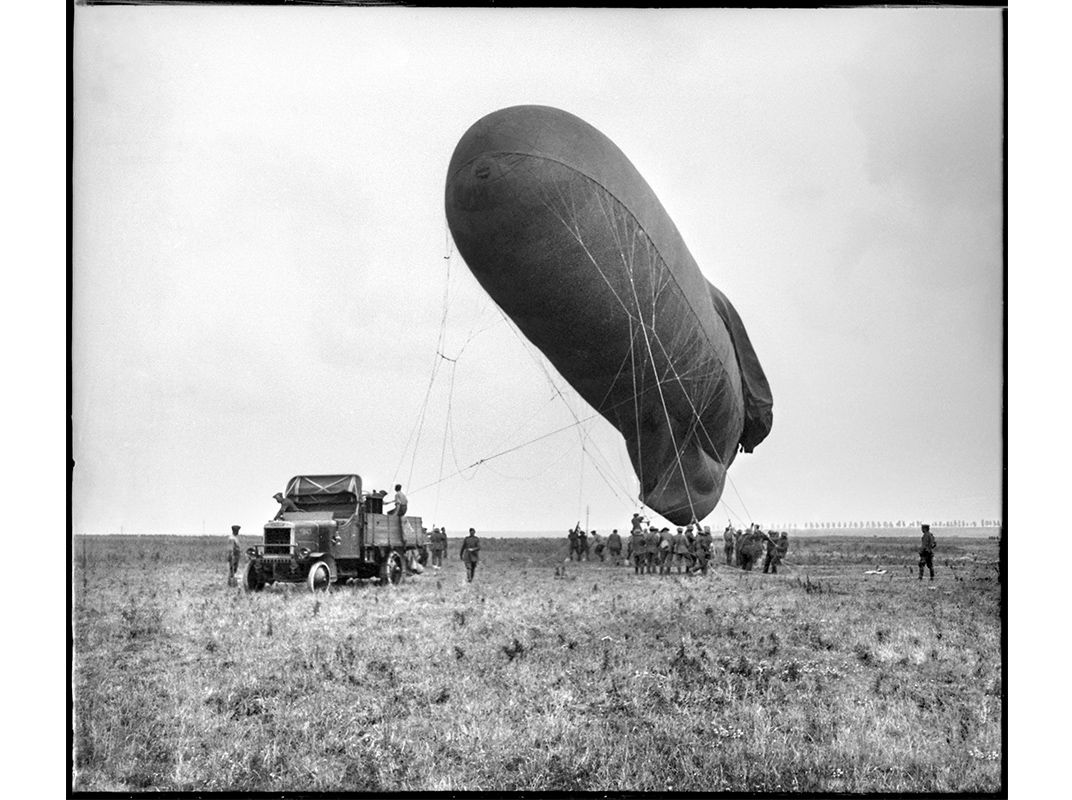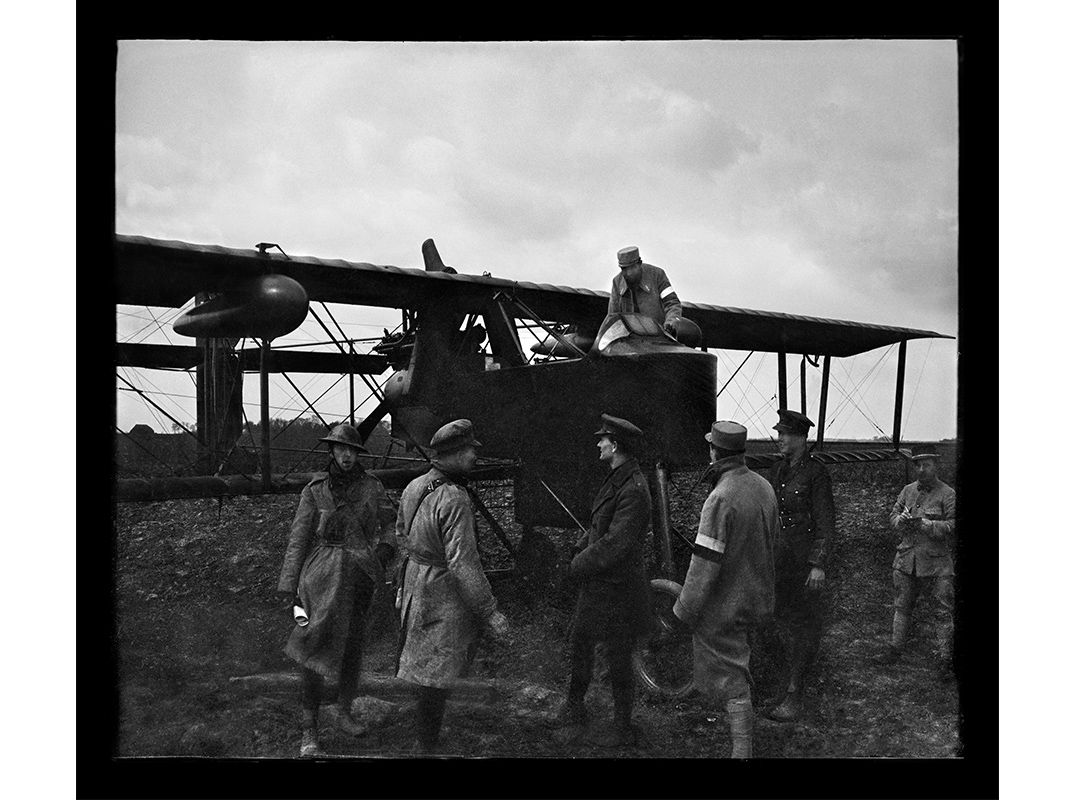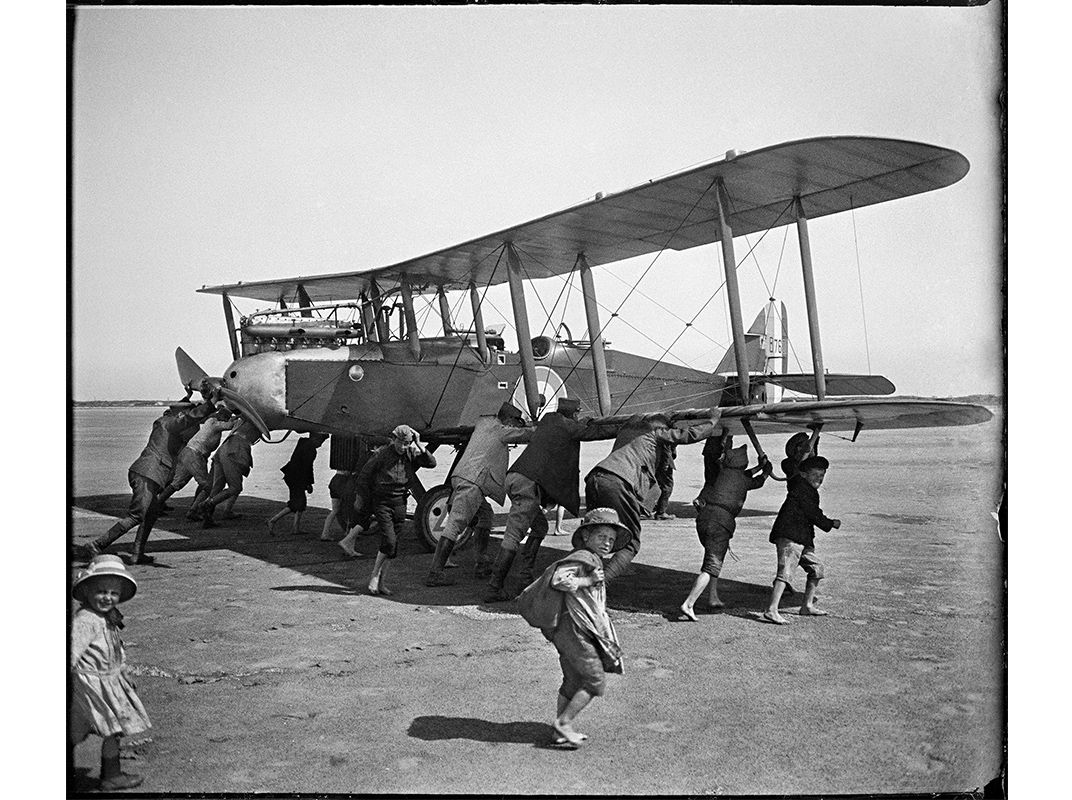Lost Photographs of the Great War
In a Moroccan flea market, a photojournalist happens on an inexplicable treasure.
In 1999, Spanish photojournalist Pablo San Juan was combing through a Moroccan flea market, looking for cameras and old photographs, when a vendor suggested he visit an antiques dealer who had a selection of glass plate negatives. The plates, packed in small, worm-damaged boxes, showed tanks and biplanes dating from World War I. Who shot the photographs, and how they ended up in Morocco, the dealer didn’t know.
San Juan bought the collection on behalf of Jesús Rocandio, director of Casa de la Imagen (House of the Image), in Logroño, Spain. When he delivered the images to Rocandio’s archivists, they started searching for clues to the photographer’s identity. Their search is the subject of The Tangier Archive, edited by Carlos Traspaderne (Uniform Press, 2016) and illustrated with some of the captivating photographs found in Morocco.
The photographer had dated all of the plates, but didn’t always include a description. But the archivists realized that in two similar group photos of French army officers dated 1917, one man (a captain) stood in two different spots: Perhaps he’d run to the camera, set the timer, and dashed back into the frame?
Using this slim clue, they examined the other plates. The man appeared in several, one of which was marked “Group Givord.” In the French army, units took their names from the officer in command. Using military records, the archivists learned that the Givord Group was a transport unit, made up of 45 men and 20 vehicles, led by Second Lieutenant Pierre Antoine Henri Givord.
The researchers found that Givord had received a field commission as captain in July 1916, which qualified him to command such a unit. Further, the collection’s subject matter—the battles and activities—corresponds to Givord’s time of service, the periods when he was on leave from his unit and his eventual demobilization.
The photographs, which number nearly 500, cover every facet of war on the Western Front and the postwar period, up to 1935.
But how did the glass plates get to Morocco? Givord, who died in Lyon, France, in 1960 at age 87, had traveled to Tangier twice, in 1921 and in 1934. What could have induced him to bring his entire fragile glass plate collection from France? And why was it left behind? The archivists still hope to solve the mystery.
